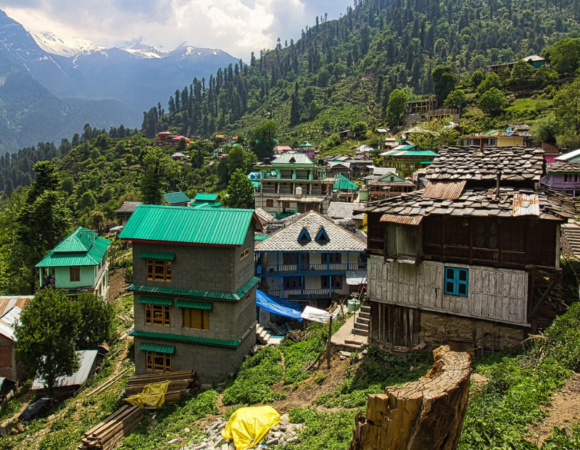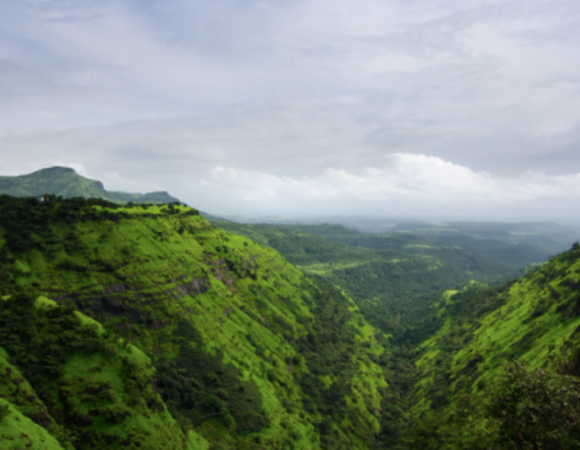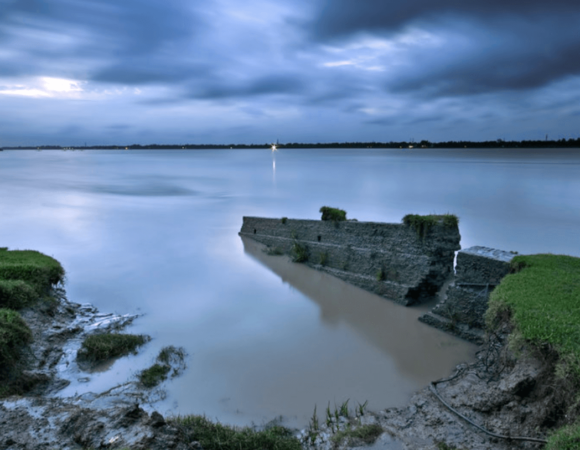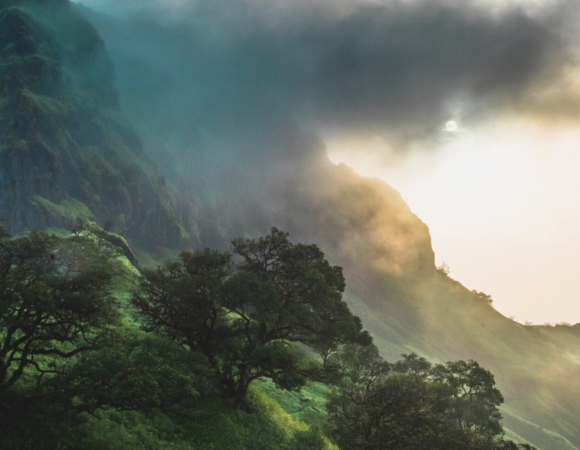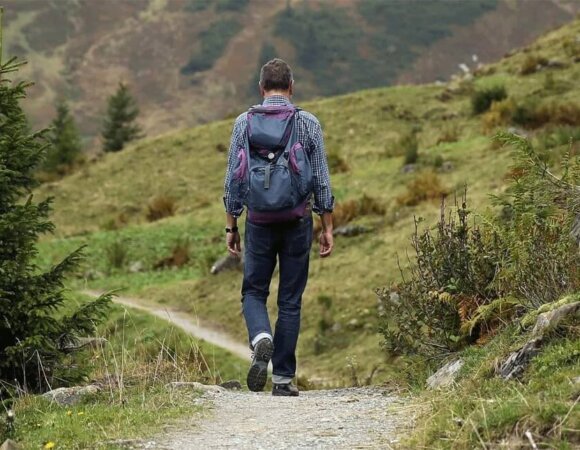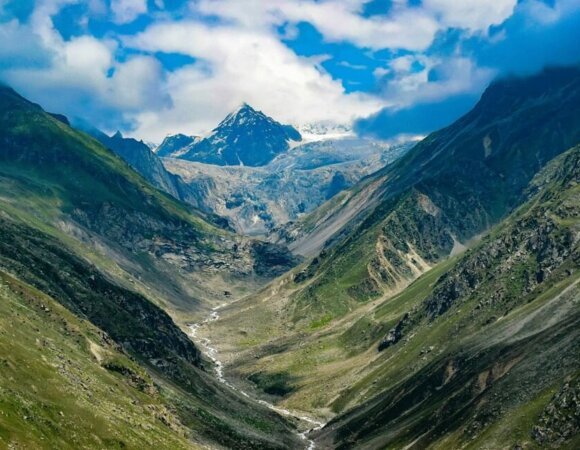Difference Between Mountain Pass and Mountain Peak
Table of Contents
ToggleLooking to differentiate between mountain passes and mountain peaks?
Read on to discover the key characteristics that set these two geographical features apart. From their elevation and topography to their role in shaping the surrounding landscape, this informative guide will help you understand the difference between mountain pass and mountain peak.
Mountains are one of the most majestic and awe-inspiring natural features on earth. They come in all shapes and sizes and are scattered all over the world. Two terms that are often used interchangeably when talking about mountains are mountain pass and mountain peak.
Mountains are large landforms that rise steeply from the surrounding terrain and are typically higher than hills. They are formed by the movement of tectonic plates or volcanic activity. Mountain ranges can stretch for hundreds or thousands of kilometers and are home to a variety of ecosystems and wildlife. A mountain pass is a route through a mountain range that allows for travel between different regions.

Mountain peaks are the highest points on a mountain and are often popular destinations for climbers and hikers. Both mountain passes and peaks have played an important role in human history, from trade and transportation routes to spiritual and cultural significance. Mountains can also have a significant impact on weather patterns, acting as barriers that create different climates on either side.
However, these terms have different meanings and refer to different features of mountains. In this article, we will explore the difference between mountain pass and mountain peak.
Mountain Peak

A mountain peak refers to the highest point of a mountain. It is the summit or top of the mountain, which usually offers a panoramic view of the surrounding area. Mountain peaks are often used as landmarks or for recreational activities such as hiking, mountaineering, or skiing. Examples of famous mountain peaks around the world include Mount Everest in the Himalayas, Kilimanjaro in Tanzania, and Mount Fuji in Japan.
Famous Mountain Peaks In India
India is home to some of the most beautiful mountain ranges in the world. Here are some of the famous mountain peaks in India:
- Mount Everest: Located on the border of Nepal and Tibet, Mount Everest is the highest mountain peak in the world, standing at 8,848 meters.
- Kanchenjunga: Located on the border of India and Nepal, Kanchenjunga is the third-highest mountain peak in the world, standing at 8,586 meters.
- Nanda Devi: Located in the Garhwal region of Uttarakhand, Nanda Devi is the second-highest mountain peak in India, standing at 7,816 meters.
- Kamet: Located in the Garhwal region of Uttarakhand, Kamet is the second-highest mountain peak in India, standing at 7,756 meters.
- Saltoro Kangri: Located in the Karakoram Range of Jammu and Kashmir, Saltoro Kangri is the highest peak in the Saltoro Mountains, standing at 7,742 meters.
- Saser Kangri: Located in the Karakoram Range of Jammu and Kashmir, Saser Kangri is the highest peak in the Saser Muztagh range, standing at 7,672 meters.
- Stok Kangri: Located in the Ladakh region of Jammu and Kashmir, Stok Kangri is the highest peak in the Stok Range, standing at 6,153 meters.
- Annapurna Massif: Located in Nepal, Annapurna Massif is a group of peaks that includes Annapurna I, the tenth highest peak in the world, standing at 8,091 meters.
- Dhaulagiri: Located in Nepal, Dhaulagiri is the seventh highest mountain peak in the world, standing at 8,167 meters.
- Kangchenjunga West: Located in Nepal, Kangchenjunga West is the fourth highest mountain peak in the world, standing at 8,505 meters.
Read more: Best Mountaineers Of All Times
Famous Mountain Peaks In the World
There are many famous mountain peaks in the world. Here are some of them:
- Mount Everest: Located on the border of Nepal and Tibet, Mount Everest is the highest mountain peak in the world, standing at 8,848 meters.
- K2: Located on the border of Pakistan and China, K2 is the second highest mountain peak in the world, standing at 8,611 meters.
- Kangchenjunga: Located on the border of India and Nepal, Kangchenjunga is the third highest mountain peak in the world, standing at 8,586 meters.
- Lhotse: Located on the border of Nepal and Tibet, Lhotse is the fourth highest mountain peak in the world, standing at 8,516 meters.
- Makalu: Located on the border of Nepal and Tibet, Makalu is the fifth highest mountain peak in the world, standing at 8,485 meters.
- Cho Oyu: Located on the border of Nepal and Tibet, Cho Oyu is the sixth highest mountain peak in the world, standing at 8,188 meters.
- Dhaulagiri: Located in Nepal, Dhaulagiri is the seventh highest mountain peak in the world, standing at 8,167 meters.
- Manaslu: Located in Nepal, Manaslu is the eighth highest mountain peak in the world, standing at 8,163 meters.
- Nanga Parbat: Located in Pakistan, Nanga Parbat is the ninth highest mountain peak in the world, standing at 8,126 meters.
- Annapurna I: Located in Nepal, Annapurna I is the tenth highest mountain peak in the world, standing at 8,091 meters.
Mountain Pass
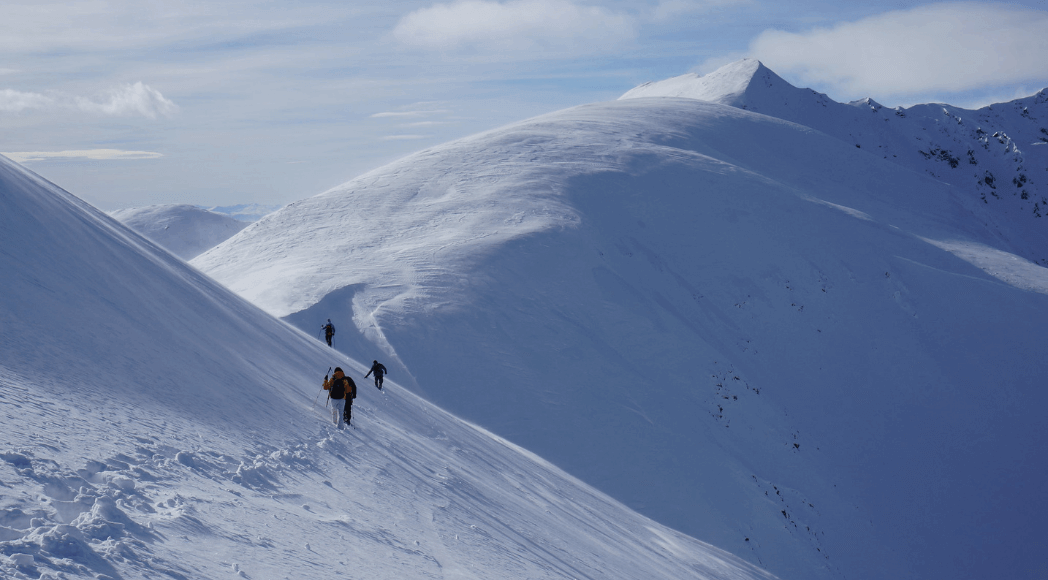
A mountain pass, on the other hand, is a low point or saddle between two higher points on a mountain range. It is a natural break in the mountains that allows people, animals, or vehicles to cross over from one side of the range to the other. Mountain passes are usually narrow and winding, and the terrain can be rugged and challenging. They are often used as trade routes, military paths, or for recreational activities such as hiking or cycling. Examples of famous mountain passes around the world include the Great St. Bernard Pass in the Alps, the Khyber Pass in Afghanistan, and the Donner Pass in the Sierra Nevada.
Famous Mountain Passes In India
India has numerous mountain passes, some of which are famous for their scenic beauty and some for their strategic significance. Here are some of the most popular mountain passes in India:
- Rohtang Pass – Located in Himachal Pradesh, Rohtang Pass is one of the most famous and scenic mountain passes in India. It connects Manali to the Lahaul and Spiti Valley.
- Zoji La Pass– Situated in Jammu and Kashmir, Zoji La is a high altitude mountain pass that connects Srinagar to Leh.
- Nathu La Pass – Nathu La is a mountain pass located in Sikkim, which connects India and China. It is one of the three open trading border posts between India and China.
- Chang La Pass– Located in Ladakh, Chang La is a high altitude mountain pass that connects Leh to Pangong Lake.
- Bomdila Pass – Located in Arunachal Pradesh, Bomdila Pass is a mountain pass that connects Tawang to the rest of the country.
- Jelep La Pass – Jelep La is a high altitude mountain pass located in Sikkim. It connects India and China and is an important trade route between the two countries.
- Shipki La Pass– Located in Himachal Pradesh, Shipki La is a mountain pass that connects India to Tibet.
- Baralacha La Pass – Located in Himachal Pradesh, Baralacha La is a high altitude mountain pass that connects Manali to Leh.
- Mana Pass – Situated in Uttarakhand, Mana Pass is a mountain pass that connects India to Tibet.
- Marsimik La Pass – Marsimik La is one of the highest mountain passes in the world. It is located in Ladakh and connects India to China.
Famous Mountain Passes Trek In India
India has numerous mountain trekking passes that offer breathtaking views and challenging trekking experiences. Here are some of the popular mountain trekking passes in India:
- Roopkund Trek – Located in Uttarakhand, Roopkund Trek takes you through the high altitude mountain pass of Roopkund, also known as the Skeleton Lake, and offers stunning views of the Himalayan peaks.
- Pin Parvati Pass Trek – Pin Parvati Pass Trek is a challenging trek that takes you through the Pin Parvati Pass in Himachal Pradesh, offering magnificent views of the Himalayan peaks.
- Goechala Trek – Goechala Trek takes you through the high altitude mountain pass of Goechala in Sikkim, offering breathtaking views of the Kanchenjunga mountain range.
- Hampta Pass Trek – Hampta Pass Trek is a popular trek in Himachal Pradesh that takes you through the Hampta Pass, offering stunning views of the Himalayan peaks.
- Kuari Pass Trek – Located in Uttarakhand, Kuari Pass Trek takes you through the high altitude mountain pass of Kuari Pass, offering stunning views of the Nanda Devi and other Himalayan peaks.
- Stok Kangri Trek – Stok Kangri Trek takes you through the Stok Kangri Pass in Ladakh, offering magnificent views of the Ladakh and Zanskar ranges.
- Rupin Pass Trek – Rupin Pass Trek is a challenging trek that takes you through the Rupin Pass in Uttarakhand, offering breathtaking views of the Rupin Valley.
- Kashmir Great Lakes – The Kashmir Great Lakes trek takes you through some of the most stunning landscapes in Kashmir, including alpine meadows, crystal clear lakes, and snow-capped peaks.
Difference Between Mountain Pass and Mountain Peak
The main difference between mountain pass and mountain peak is their location and physical features. A mountain peak is the highest point of a mountain, while a mountain pass is a low point or saddle between two higher points on a mountain range. Mountain peaks are often isolated and stand alone, while mountain passes are part of a mountain range and connect two different areas. Mountain peaks are usually accessed through trails that lead to the summit, while mountain passes are accessed through trails that cross over the saddle.
Another difference between mountain pass and mountain peak is their use. Mountain peaks are often used for recreational activities such as hiking, mountaineering, or skiing, while mountain passes are often used as trade routes, military paths, or for recreational activities such as hiking or cycling. Mountain passes are important for transportation and can have significant historical and cultural importance, while mountain peaks are often seen as natural wonders and symbols of human achievement.
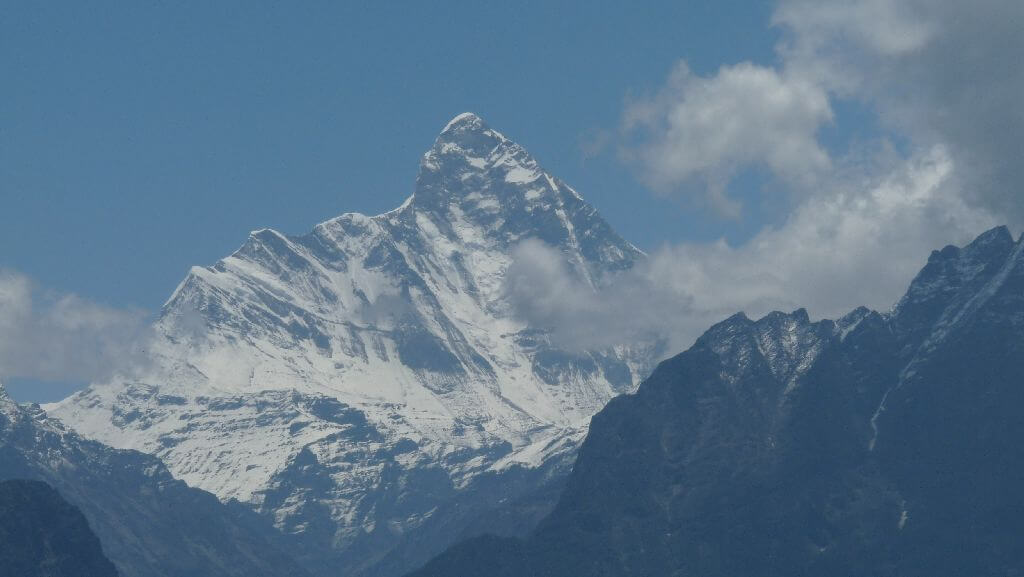
In conclusion, while the terms mountain pass and mountain peak are often used interchangeably, they refer to different features of mountains. A mountain peak is the highest point of a mountain, while a mountain pass is a low point or saddle between two higher points on a mountain range. Mountain peaks are often used for recreational activities, while mountain passes are important for transportation and have significant historical and cultural importance.
Frequently Asked Questions FAQs for Difference Between Mountain Pass or Mountain Peak
What is a mountain peak?
A mountain peak is the highest point of a mountain.
What is a mountain pass?
A mountain pass is a low point or saddle between two higher points on a mountain range.
How do mountain peaks differ from mountain passes?
Mountain peaks are the highest points of a mountain, while mountain passes are low points or saddles between two higher points on a mountain range.
What are some famous mountain peaks?
Famous mountain peaks include Mount Everest, Kilimanjaro, and Mount Fuji.
What are some famous mountain passes?
Famous mountain passes include the Great St. Bernard Pass, the Khyber Pass, and the Donner Pass.
What are mountain peaks used for?
Mountain peaks are often used for recreational activities such as hiking, mountaineering, or skiing.
What are mountain passes used for?
Mountain passes are often used as trade routes, military paths, or for recreational activities such as hiking or cycling.
Can a mountain peak be a mountain pass?
No, a mountain peak cannot be a mountain pass, as they refer to two different features of mountains.
Can a mountain pass have a peak on it?
Yes, a mountain pass can have peaks on either side of it.
What is the difference between hiking to a mountain peak and hiking through a mountain pass?
Hiking to a mountain peak usually involves climbing to the summit, while hiking through a mountain pass involves crossing over the low point or saddle between two higher points on a mountain range.

